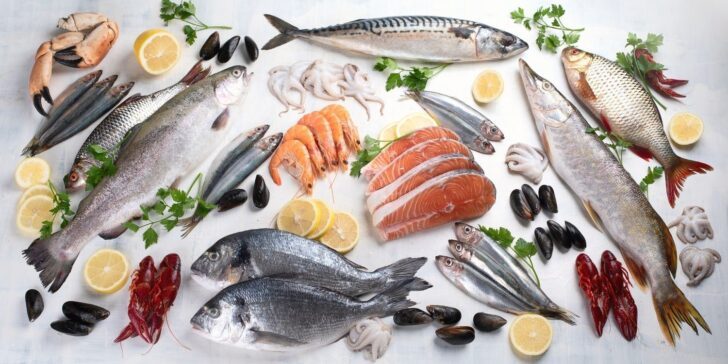Seafood comes in all species, shapes, and sizes, and it’s no small wonder considering the fact that seafood by definition means any sea life that we consider good enough to eat.
Because of this that it’s so surprising when someone says that they don’t like seafood. How could they know if all they’ve ever tried is a piece of fish or possibly an oyster or two?
There’s so much more to seafood than that!
If you don’t know your crustaceans from your mollusks, or the difference between a shrimp and a prawn, then don’t fret. We’re here to dish up some fantastic facts about Seafood!
Seafood is overflowing with important nutrients!
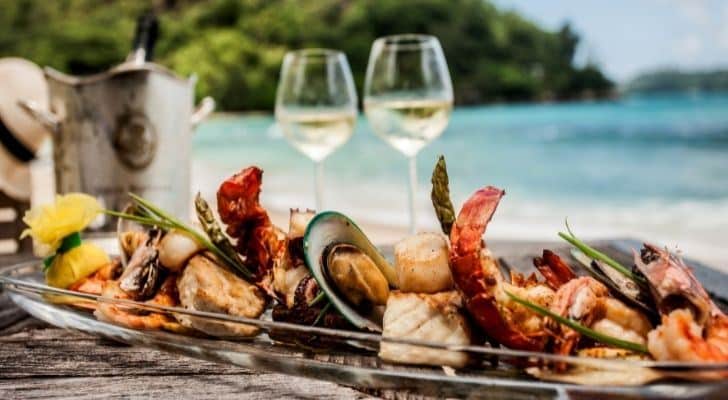
While different seafood species provide varying amounts of different crucial nutrients, it’s safe to say that seafood, in general, is great for your health.
Some fish, such as salmon, are filled with vitamin A and omega-3 fatty acids.
Other nutrients found in seafood in healthy amounts include vitamin D, vitamin B1, vitamin B3, vitamin B12, and more!
People have been eating fish for more than 165,000 years!
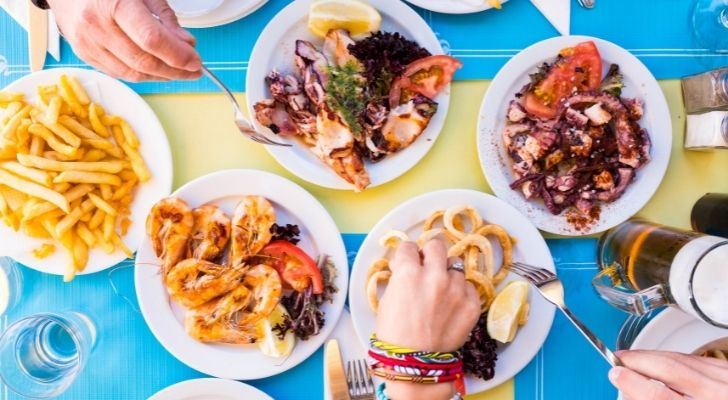
In the early years of humanity, we lived primarily as hunter-gatherers, constantly on the move in search of more favorable hunting grounds or more bountiful harvests.
One such food that our ancestors commonly consumed was seafood.
In fact, it’s quite possible that the first cases of humans living a more stationary lifestyle were from tribes that lived by the sea and had a regular supply of seafood.
The earliest known evidence of seafood consumption comes from a sea cave in South Africa.
Collections of empty shells were found at the site that dates back to 165,000 years ago.
The mantis shrimp is one of the scariest shellfish around.
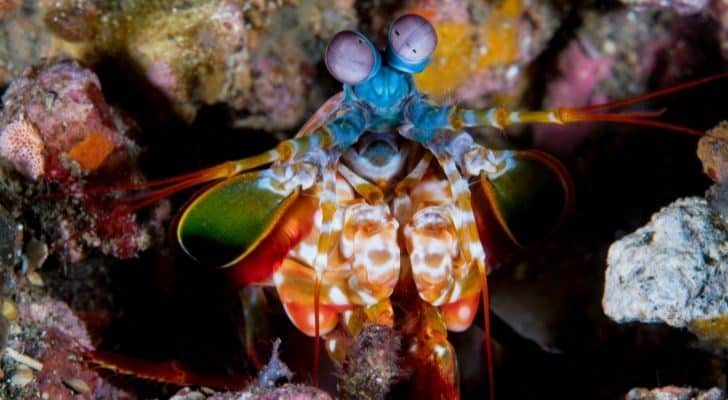
We are very fortunate that mantis shrimp can only grow to such small sizes, as otherwise, they would be downright terrifying.
Why? Well, the mantis shrimp has a punch so powerful that it has the same force as a shot from a rifle.
In fact, their punch packs so much force that it actually creates a shock wave that boils the water around it and can dismember their prey!
Fat-rich seafood such as salmon, mackerel, and sardines are full of omega-3.
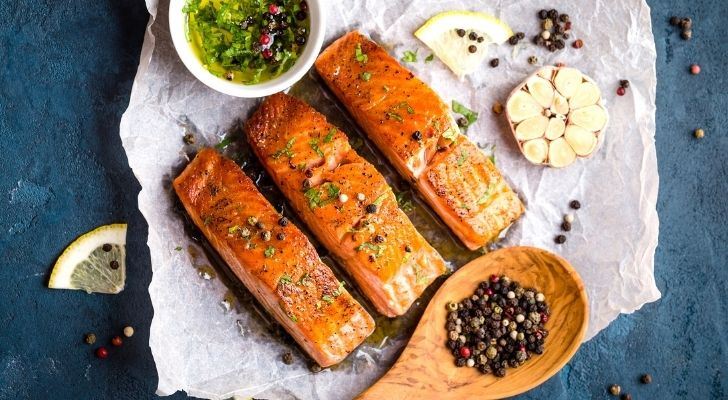
If that doesn’t mean much to you, it’s probably because you don’t know how great omega-3 is for your body.
While all fats used to be considered bad, some, such as omega-3, are actually the opposite.
A few benefits from eating seafood that is high in omega-3 include a reduced risk of heart attacks, strokes, and easing arthritis symptoms.
It’s even been found that the consumption of omega-3 can prevent your eyesight from declining due to old age and can also improve your night vision!
Shrimp are not just smaller prawns.
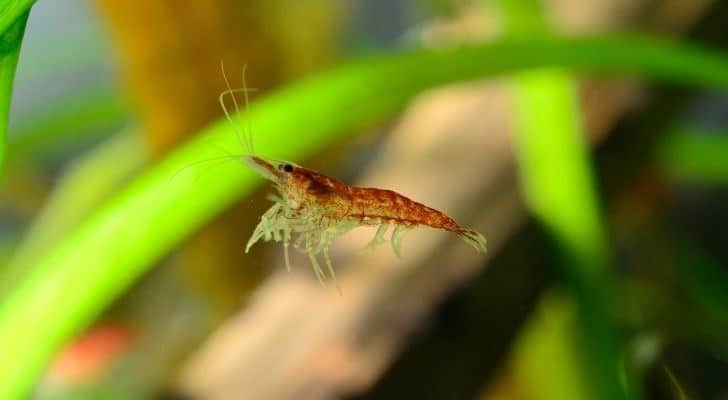
This is one that many of us will admit to getting confused about at some point in our lives.
For me, it’s something that I constantly forget and end up using the two names interchangeably.
First things first, they’re both crustaceans, and they both have 10 legs, but that’s about where the similarities end.
Shrimp can be found in both fresh and saltwater, while prawns can only live in freshwater.
The bodies of shrimp and prawns are different, too. For example, prawns have three sets of claws, while shrimp only have two.
Prawns are generally larger than shrimp, especially since shrimp found in colder water generally tend to grow to much smaller sizes.
There’s no such thing as certified organic seafood.
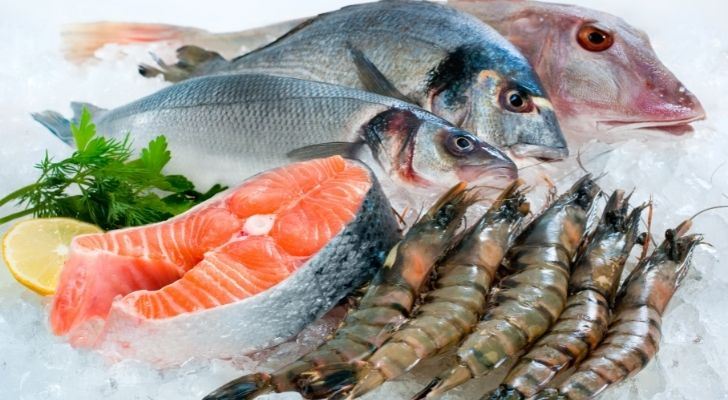
Firstly, the food needs to be free from artificial chemicals such as fertilizers or pesticides to be organic.
For food to be certified organic, there needs to be a governing body that sets different regulations to ensure that everything is chemical-free and up to scratch.
While this exists for agriculture, it doesn’t exist for the seafood industry.
This doesn’t mean there aren’t companies out there claiming that their mussels are organic, though.
Instead, it means that there’s no way of proving whether something is actually organic or not!
Lobsters have different uses for each of their claws.
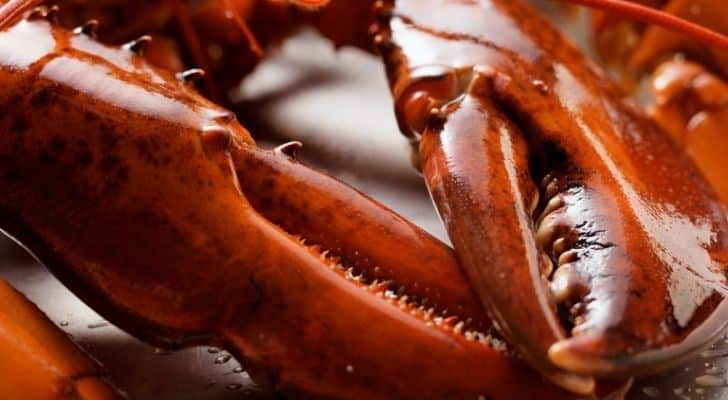
A lobster’s two claws look very different, too. The larger of the two is the crusher claw, and this is the dominant claw.
As its name suggests, this claw is primarily used for tasks such as crushing their prey’s hard shells or exoskeletons.
The other claw is much smaller and has more serrated “teeth,” and is used to rip the flesh of their prey to shreds to make it easier to eat.
Some fish are high in mercury and should be eaten in moderation.
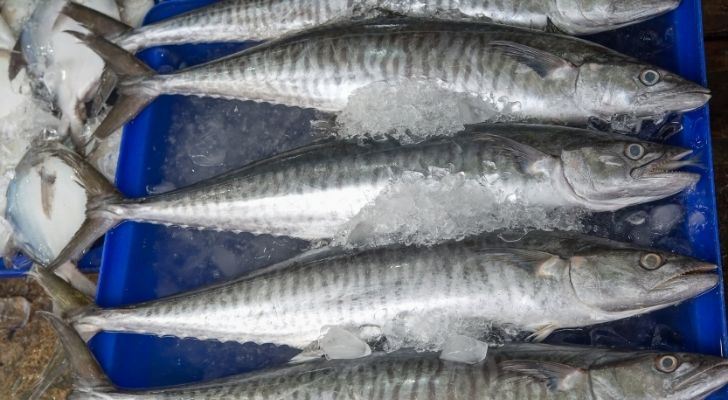
All seafood contains trace amounts of mercury, but this isn’t what you should be worried about.
For the most part, it’s the fish that live at the top of the food chain, such as King mackerel, swordfish, and sharks which are the issue.
As each larger and larger fish gets eaten by a predator, the mercury they contain is digested and concentrates.
Due to this, it’s recommended that you eat no more than the recommended amount of each mercury-containing fish.
Seafood can include plants, too!
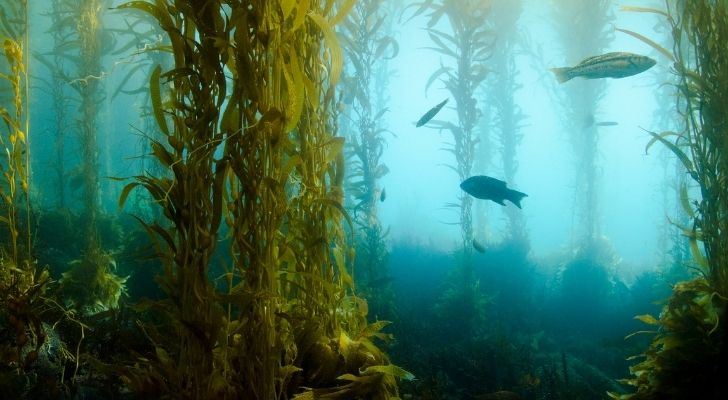
Although a controversial opinion, it’s been claimed that different forms of sea vegetation can be referred to as seafood.
Some forms have been on our menus for a long time, such as the seaweed in our sushi.
Other varieties of seaweed are highly nutritious and have been eaten by some cultures for thousands of years.
Oysters can change gender whenever they feel like it.
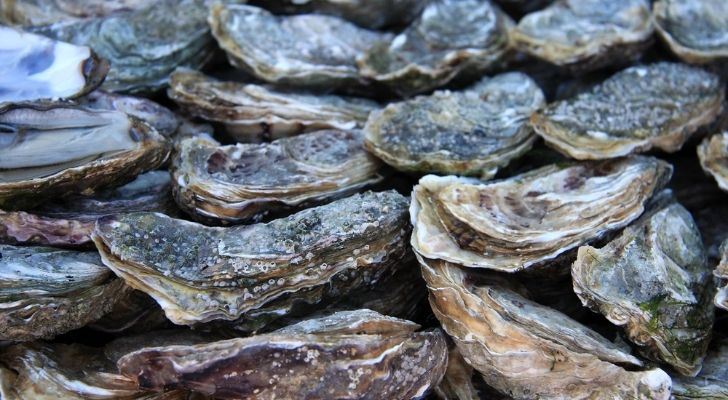
They are all born male, though.
It turns out that oysters are born with both male and female reproductive organs.
This means that they can fertilize their own eggs without the need for another oyster.
It’s been found that all oysters will change gender at least once in their lifetime.
More than 85% of the world’s fisheries are overfished.
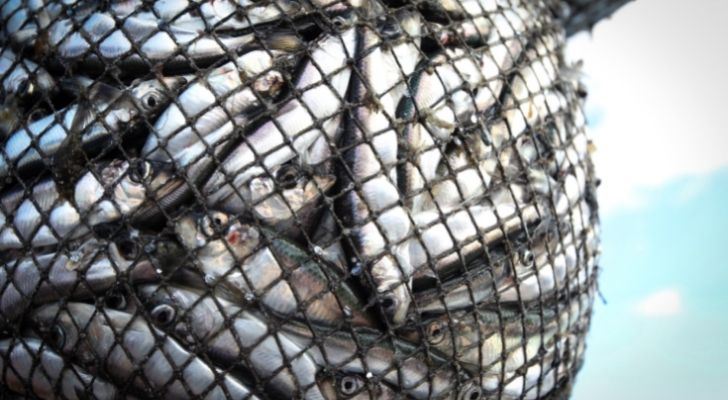
According to the United Nations Food and Agriculture Organization, we need to make rapid changes to how we farm and consume seafood, as 87% of the world’s fisheries are stressed.
This means certain species are either at risk of going extinct, are found in drastically lower numbers than normal, or are currently being overexploited.
While some people out there cannot stand the thought of seafood, there are many more that absolutely love it, with more and more people taking to it every year.
As the world becomes more populated, this is becoming a more pressing issue, as demand for seafood has reached unsustainable levels!
It’s important to understand that while seafood is delicious if we’re not careful, we could be seeing less and less of it as the years go by!

